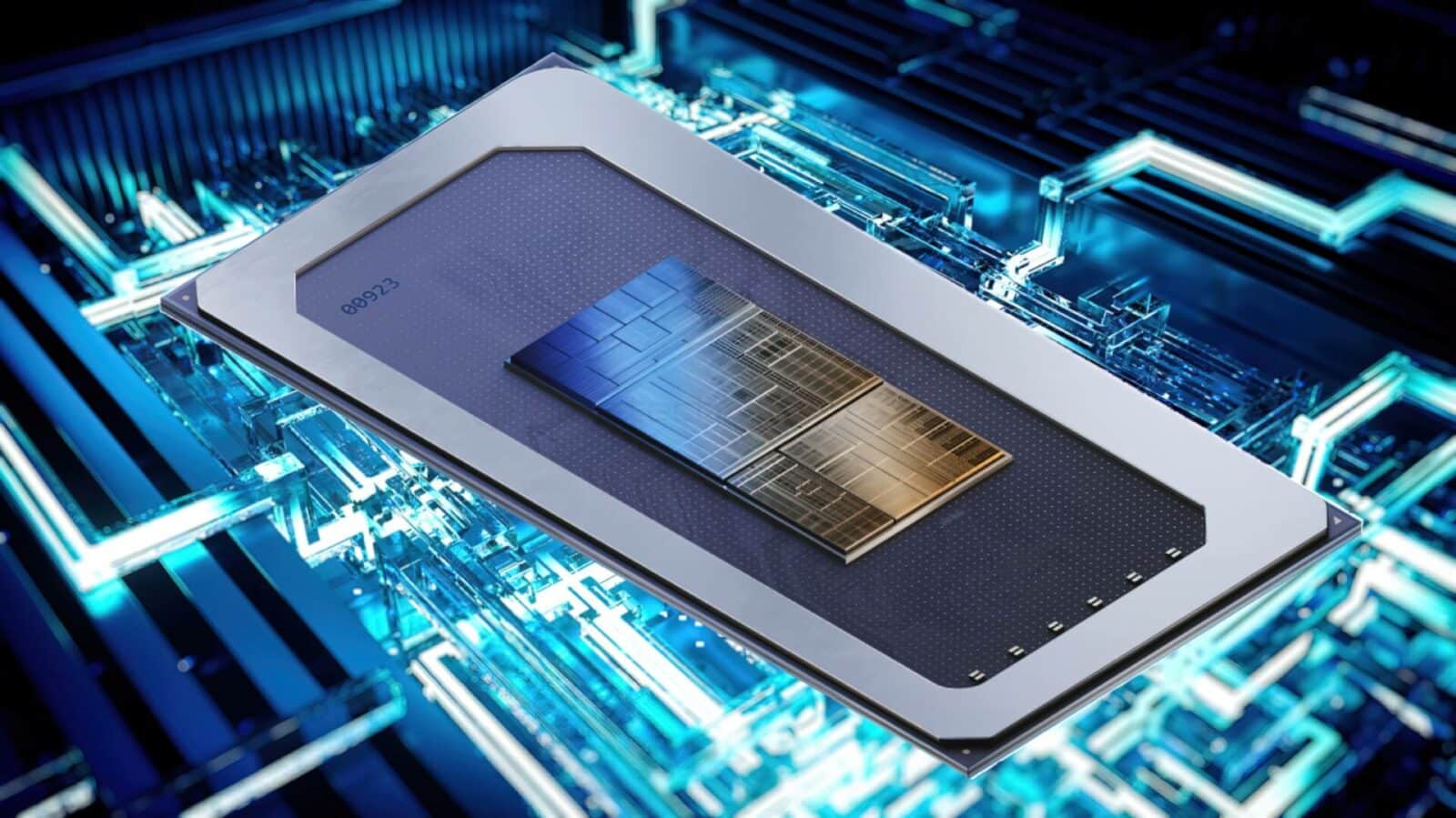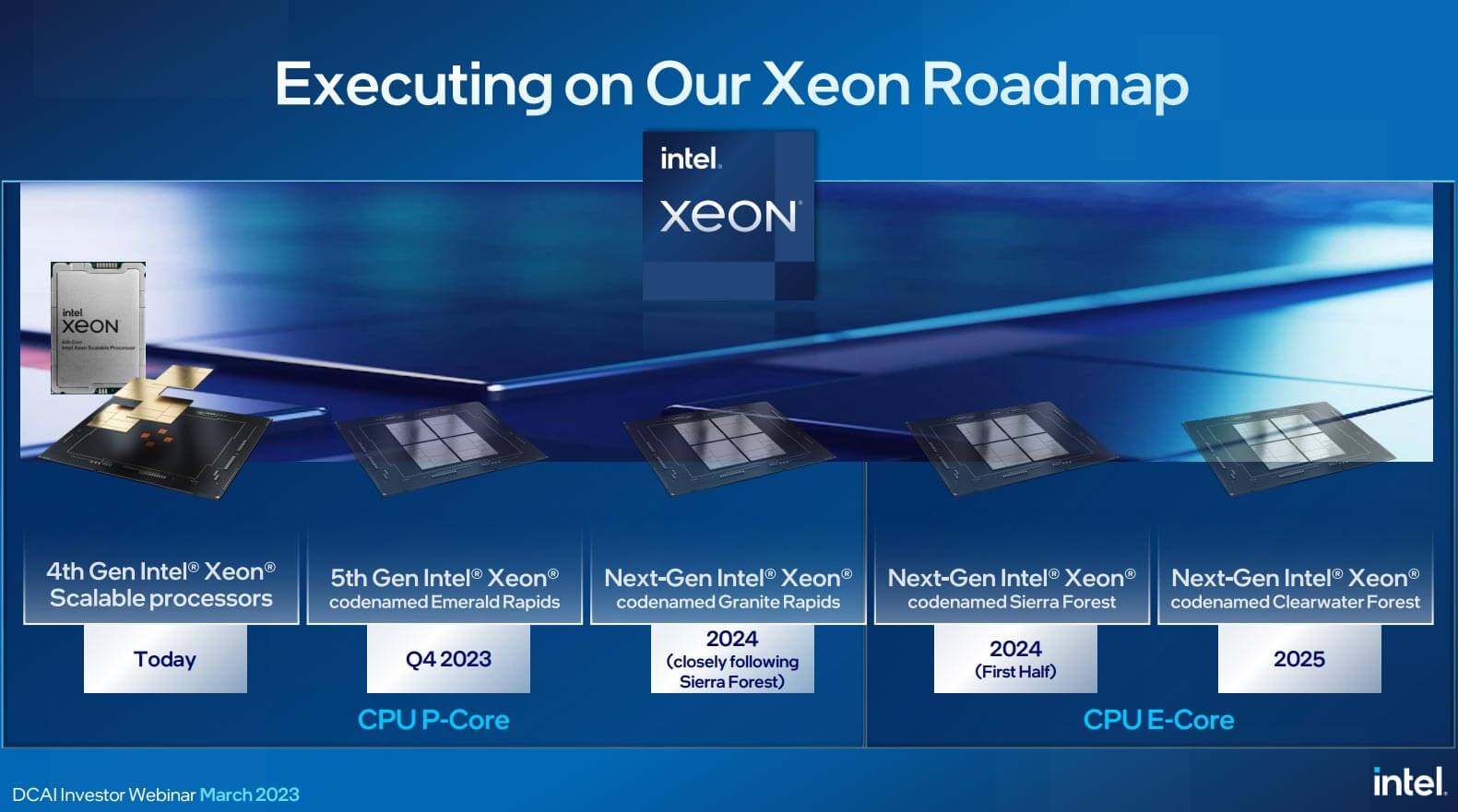
Intel’s 14th Gen CPUs will launch in the second half of the year with a Raptor Lake-S Refresh for desktops and Meteor Lake-P for notebooks. The higher-end mobile processors will come under the 1st Gen Core Ultra branding and leverage next-gen core architectures based on the Intel 4 (4nm) process node. The 15th Gen family will primarily consist of Arrow Lake products. The first wave of Arrow Lake chips will top out at 24 cores (8P + 16E) with a launch date of late 2024.
According to Moore’s Law is Dead, a 40-core variant with 8P and 32 E cores is planned for the second or third quarter of 2025. Arrow Lake will be the first mainstream Core family to drop hyperthreading (Simultaneous Multi-Threading). Neither 2-way nor 4-way Hyper-Threading worked well with the P-cores. As a result, single-threaded performance was prioritized by axing HT.
Following 15th Gen Arrow Lake, Intel plans to do away with Hyper-Threading, replacing it with Rentable Units (RU). These sound like DLC-styled add-ons, but I doubt these would come to the client segment. We’re looking at a 40% uplift in multi-threaded performance over Meteor Lake at the same core counts (without HT).
Lunar Lake will succeed Arrow Lake in the first half of 2025 with a 4 + 4 core configuration. Lion Cove “P” cores and Skymont “E” cores will form the basis of Lunar Lake. Panther Lake will follow Lunar Lake on the notebook platform with a potential refresh on the desktop side. These will be the first chips to utilize the “Rentable Units”, fully replacing Hyper-Threading.
On the Data Center side, Granite Rapids will be succeeded by Diamond Rapids. We’re looking at up to 192 cores based on the Lion Cove+ P-core architecture with Rentable Units instead of Hyper-Threading. These cores will be spread across four 50-core chiplets (2 cores disabled per die) with two memory controller dies and four Base Accelerator Tiles. Diamond Rapids will battle AMD’s Zen 6 Venice family sometime in the latter half of 2025.

Rogue River Forest will be the successor Clearwater Forest, marking the third Xeon family for cloud providers solely leveraging E cores.





